The British artist works across painting, sculpture and print. While his work often incorporates a wide range of visual, musical and literary sources, he believes in the pleasure of painting for its own sake and is led by intuition, colour, movement and texture. ‘There aren’t any reasons for painting. That’s what’s special about it. It doesn’t need justification. It’s essential that it’s not used for other purposes. All of the things which will, as it were, take away from what’s mysterious about it,’ he has said. His work is currently the subject of a solo exhibition titled ‘Momentarium’ at Lisson Gallery in London, until 20 August.
Where is your studio?
In south London – it’s a five-minute bike ride away from where I live. It’s on the top floor, with windows on two sides. On one side I look out over an enclosed garden with young trees and on the other there’s an uninterrupted view over the city. I get wonderful sunsets: the light in the late afternoon strikes my painting wall which a lot of artists might regard as irritating, but to me, it comes as a welcome change to what I’ve been looking at all day.
What do you like most about the space?
The light. Everyone who comes here remarks on how beautiful the light is. The only slight problem is that it makes everything I do look its best, so I often complete my paintings at night when they look their worst
What frustrates you about it?
I paint large paintings and because it’s on the top floor, it’s awkward to get the works to the ground floor; there’s a lot of stretching and un-stretching of the canvas. Recently, however, I’ve been making some of my paintings in panels so they’re much easier to move.
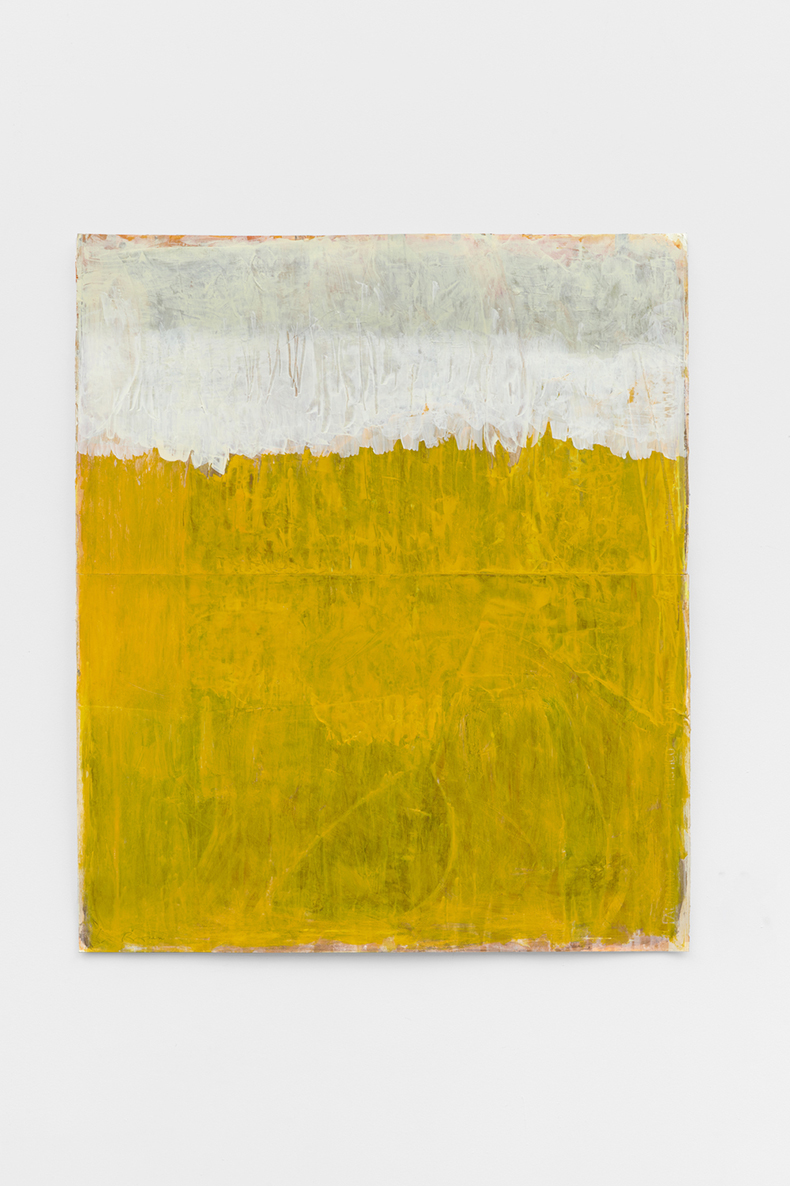
A 13 (2021), Christopher Le Brun. Courtesy Lisson Gallery; © Christopher Le Brun
Do you work alone?
I have an assistant for part of the week, but he’s in a different part of the studio, so effectively I’m working on my own. There’s also someone else who works with me, but they work from home for most of the week. There’s a lot to do: dispatching prints, preparing canvases, general liaison with the outside world. I’m grateful for them doing all that hard work for me so I can concentrate on the enjoyable bit – not that it is always enjoyable.
Do you follow a particular working routine?
I do and it’s possibly quite odd. I come into the studio looking at the ground and I make my way round to where my latest painting is by looking at the floor.What I’m trying to do is to catch it unawares so that I can get a first impression. When a painting is too familiar, I can’t see it as an object so that’s what I do every day: I try to surprise them.
Other than that, my routine is fairly regular. The main issue for me is that it takes me a long time to warm up, which means that even if I start painting in the morning, I’m probably not getting to where I want until late afternoon or early evening. It’s a bit like being a fisherman: as soon as you take the fly off the water, a fish is bound to jump. You have to keep the fly on the water. Increasingly what interests me most about painting is the bit I can’t, at will, get at: inspiration. I know that’s a complicated word, but I’ve experienced it intensely in my life and I’m always hunting it, always, always.
Does that mean that you work late into the night?
Sometimes. If I find myself in that place, I try to keep going for as long as I can, before I get too hungry or keel over with exhaustion, but it’s very elusive. You never quite know when inspiration is coming. The only way is to prepare the ground by working.
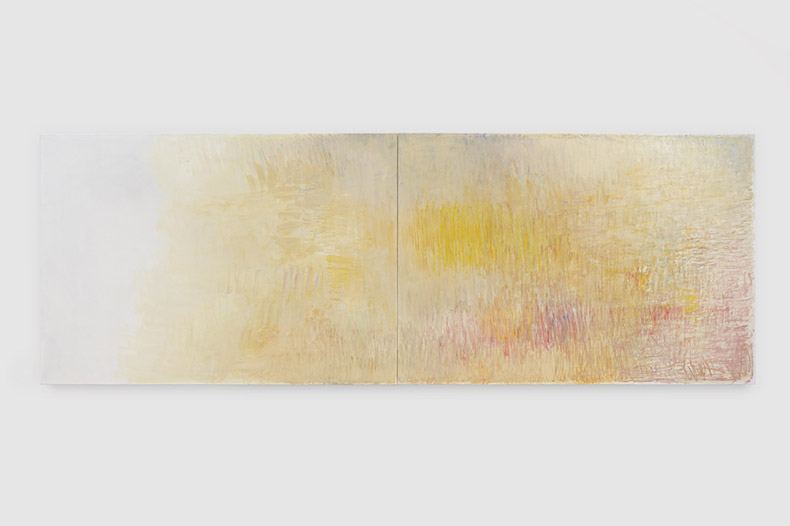
White Diptych (2022), Christopher Le Brun. Courtesy Lisson Gallery; © Christopher Le Brun
Do you listen to anything while you’re working?
I do unless I forget to because I’m so wrapped up in the painting. I spent most of my life listening to Radio 3 until Spotify came along. Now Spotify competes with Radio 3. Generally, I start with what you might call serious or difficult music and as the day goes on, it tends to become more rhythmic or jazzy, but it depends.
How messy is your studio?
Well, there are several parts to the studio. The painting part is very messy and relatively disorderly, and then the other part, where my studio staff work, is very clean and tidy. When I think I’ve got a painting near completion, I take it into the clean space and look at it there as if it were in a gallery. Mostly, the painting isn’t quite good enough, so it goes back into the messy part for more work. I find having those two different types of space very helpful.
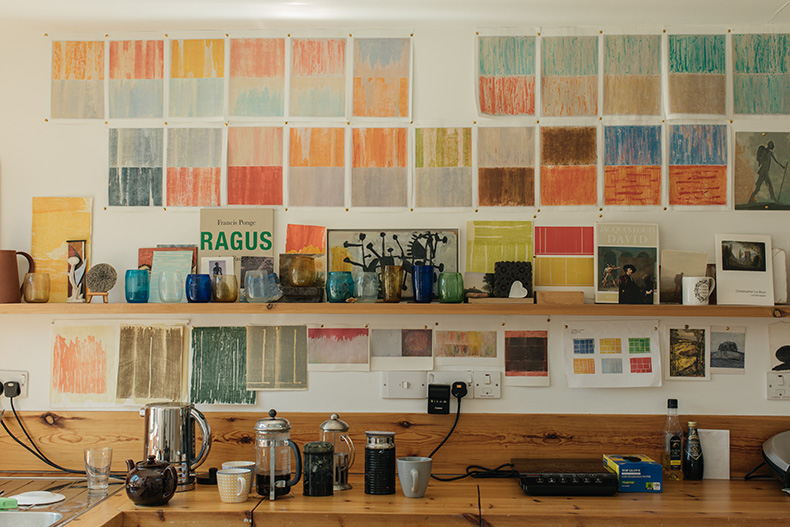
Photo: Maureen M. Evans. Courtesy Lisson Gallery; © Christopher Le Brun
Do you pin up images of other artists’ work?
A little bit. I’ve got a self-portrait by Reynolds. I also feel very strongly about Blake. Blake and Reynolds didn’t get on, but I like them both. I’ve got an illustration of a painting by [Jacques-Louis] David on Anita Brookner’s monograph, and a postcard of a wonderful desert line by Richard Long, which makes me think of far away. Oh, also The Wood on the Hill (Wittenham Clumps) by Paul Nash. I love Paul Nash.
What’s the strangest object in your studio?
Probably me. Apart from that, I’ve got a block of lapis lazuli, which was brought back from Kabul. Whenever I look at this beautiful thing, I think of the mountains of Afghanistan and I also think of Titian, the wonderful blue sky in Bacchus and Ariadne. It’s a strange object, but it’s full of meaning for art.
Which artistic tool could you least do without?
A big palette knife as I spend so much time drawing with it or scraping paint off the canvas and onto the floor.
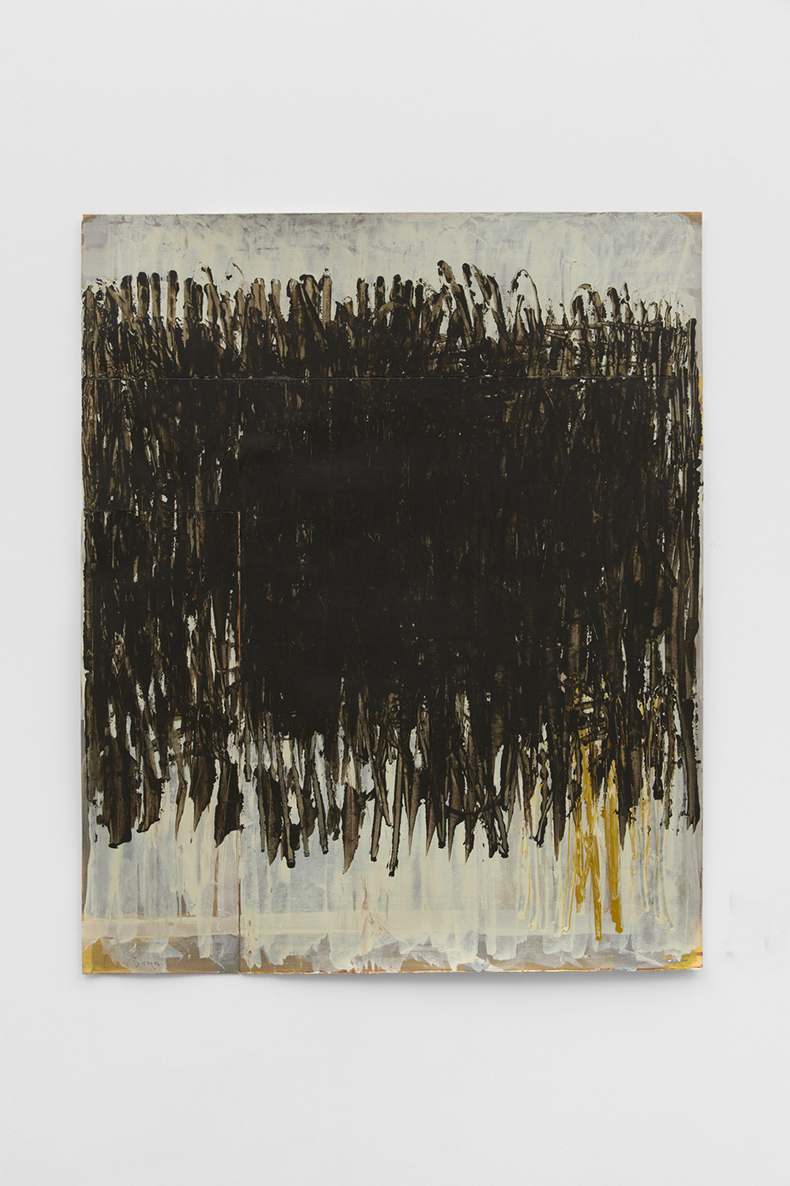
A 2 (2021), Christopher Le Brun. Courtesy Lisson Gallery; © Christopher Le Brun
Who’s the most interesting visitor you’ve had to the studio?
Goodness! I rarely have uninteresting visitors, but is there anybody who isn’t interesting? I remember a very strange visit many years ago when I had a commission for the Royal Opera House. This was in the early eighties. Over several days, every member of the board came to my dark, vaguely sinister studio in Bethnal Green, leaving their black cars and chauffeurs waiting outside. One by one, in what felt like their pin-striped suits, they stepped over the cans and tried not to touch the wet paint. At that time, the director of the Royal Opera House was Sir John Tooley. For some reason I offered to collect him, so I drove to Covent Garden in my little yellow Morris van. He couldn’t sit in the front seat with me because Bryan Robertson, the other visitor, had a bad leg, so John had to climb on all fours into the back of the van and the only way the doors shut was if I locked them. There was a little grille, like a prison, between the back and the front that made the only light. He thought he was being kidnapped, and he kept talking bravely to keep his spirits up while sitting on a spare tyre. It was quite a long drive to my East End studio. It may have put him off ever visiting an artist’s studio again.
Is anyone or anything banned from the studio?
I always thought artists’ studios were meant to be places of great freedom so banning seems rather paradoxical, but I think I might ban a word, if I may? That word is ought, as in you ought to do something. Relevance is in the same family. All those words relating to obligation are banned, in fact. The studio is for joy, pleasure, and satisfying difficulty.
Unlimited access from just $16 every 3 months
Subscribe to get unlimited and exclusive access to the top art stories, interviews and exhibition reviews.


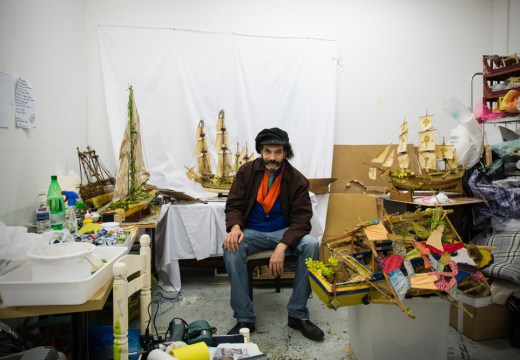
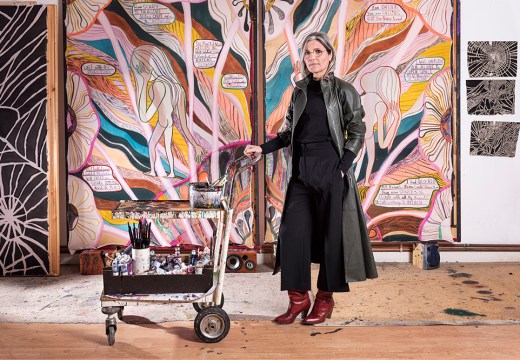
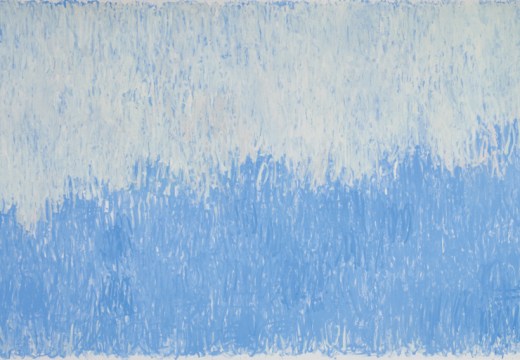









![Masterpiece [Re]discovery 2022. Photo: Ben Fisher Photography, courtesy of Masterpiece London](http://www.apollo-magazine.com/wp-content/uploads/2022/07/MPL2022_4263.jpg)
It’s time for the government of London to return to its rightful home